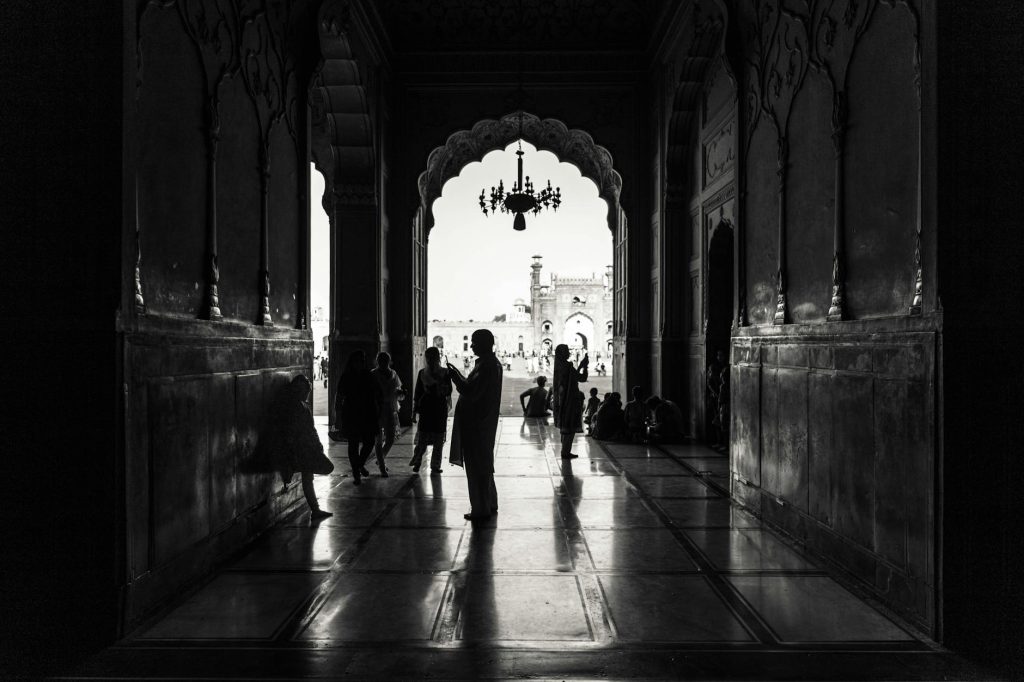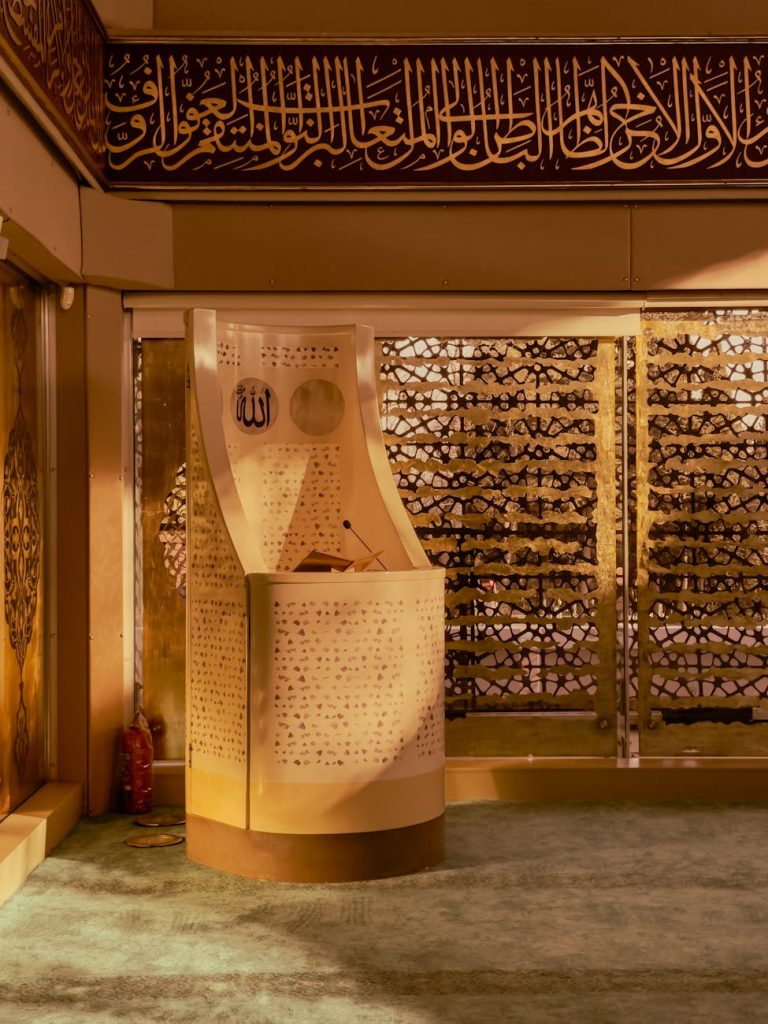
Mughal Dynasty History
The Badshahi Mosque, situated in Lahore, Pakistan, is one of the most magnificent examples of Mughal architecture. The Mughal dynasty, which ruled much of the Indian subcontinent from the early 16th to the 19th centuries, was known for its remarkable contributions to arts, culture, and architecture. This period was marked by the construction of beautiful structures, many of which reflect Islamic and Persian design influences.
The Mughals established a rich cultural heritage, fusing elements from various civilizations. Architects during this time prioritized grandeur and symmetry, leading to the creation of iconic monuments such as the Taj Mahal and, notably, the Badshahi Mosque. This mosque serves as a testament to the dynasty’s opulence and aesthetic vision, showcasing intricate details and impressive scale.
Construction of Badshahi Mosque
Commissioned by Emperor Aurangzeb in 1671, the construction of the Badshahi Mosque was completed in 1673. The mosque was designed by the architect Muhammad Ijaz and constructed from red sandstone adorned with white marble, echoing the materials used in many other Mughal structures. It has the capacity to accommodate around 55,000 worshippers, making it one of the largest mosques in the world.
The mosque’s construction was not merely a feat of engineering; it was a deliberate statement of political and spiritual significance. By building such an impressive structure, Aurangzeb aimed to reinforce the power of the Mughal Empire and its Islamic heritage. The mosque has since stood as a beacon of faith and history, representing a significant portion of Lahore’s architectural legacy [1].
Courtyard & Prayer Hall
The grand courtyard of the Badshahi Mosque is one of its most striking features. Spanning about 280,000 square feet, it is designed to provide a serene space for reflection and congregational prayer. The courtyard is paved with exquisite designs and contains beautiful fountains, enhancing the tranquil atmosphere of the mosque.
The prayer hall boasts stunning intricacies, including large semi-circular domes and beautiful frescoes. The central dome is particularly noteworthy, standing tall at 20 meters above the floor. Its interior is embellished with intricate carvings and inlaid marble work. The prayer hall is flanked by two smaller domes and exquisite minarets, further adding to the mosque’s grandeur [2].
Cultural Symbol of Lahore
Over the centuries, the Badshahi Mosque has transcended its religious significance to become a cultural symbol of Lahore and Pakistan. It reflects not only the architectural brilliance of the Mughal era but also the resilience and spirit of the people of Lahore. The mosque is often a focal point in cultural events and festivals, showcasing traditional music, art, and literature.
Tourists from around the globe visit the mosque, drawn by its historical significance and architectural beauty. The site is a UNESCO World Heritage Site, recognized for its cultural and historical importance. Its iconic red and white walls, intricate stone carvings, and majestic entrance attract countless visitors each year, making it a must-visit destination for anyone exploring Lahore [1][2].
Visitor Guide
If you’re planning to visit the Badshahi Mosque, here are a few essential tips to enhance your experience:
- Dress Code: Visitors are advised to wear conservative clothing. Women should cover their heads, while both men and women should cover their arms and legs.
- Visiting Hours: The mosque is open to visitors at specific times and may close during prayer times, so checking the timings in advance is recommended.
- Entrance Fees: There are generally no entrance fees for locals, while international visitors may need to pay a small fee.
- Photography: Photography is allowed, but visitors should be respectful and follow any guidelines provided by mosque officials.
In addition to the mosque, you can explore the surrounding areas, including the Lahore Fort and the iconic Minar-e-Pakistan, which further add to the cultural richness of the region.
Conclusion
The Badshahi Mosque stands as a monumental testament to the architectural prowess and cultural legacy of the Mughal Empire. Its grandeur and beauty have made it an enduring symbol of Lahore’s identity and heritage. For anyone interested in history, architecture, or religion, a visit to this magnificent mosque is an enriching experience that captures the essence of Pakistan’s rich culture. Whether you stand beneath the towering minarets or walk through the serene courtyard, the Badshahi Mosque offers a glimpse into a world of Mughal splendor that continues to inspire and attract visitors today.
References
Get epic product battles straight to you! 🥊 📦 ![]()

